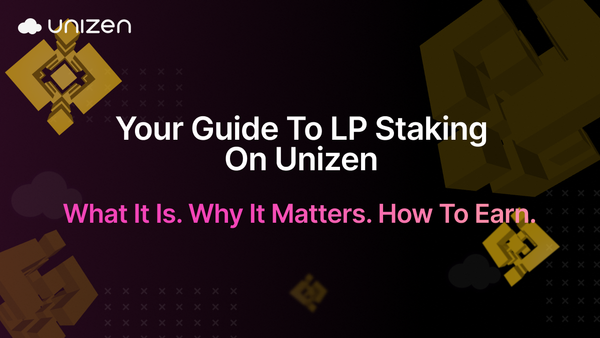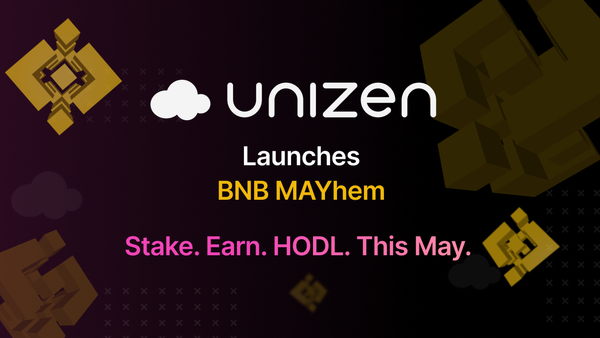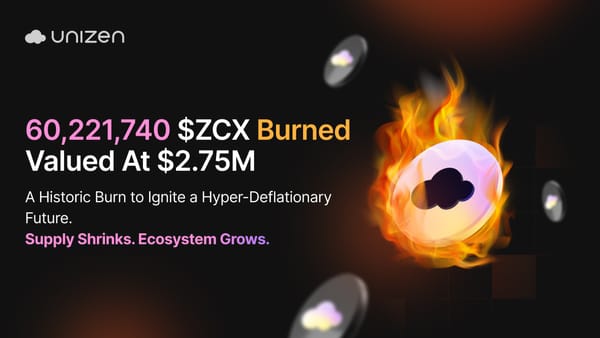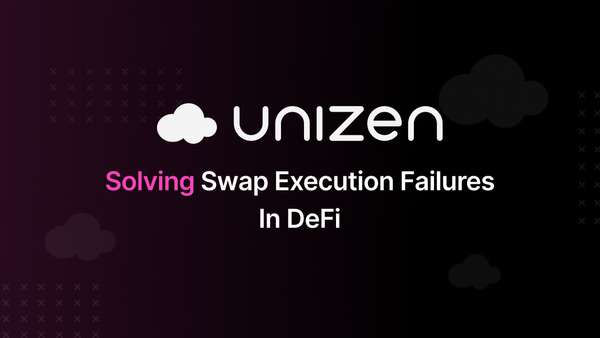Unizen Reimagines Decentralized Trading: No Negative Slippage Fees, Minimal Fees on Positive Slippage Only!
Unizen eliminates negative slippage fees, minimizing positive fees.
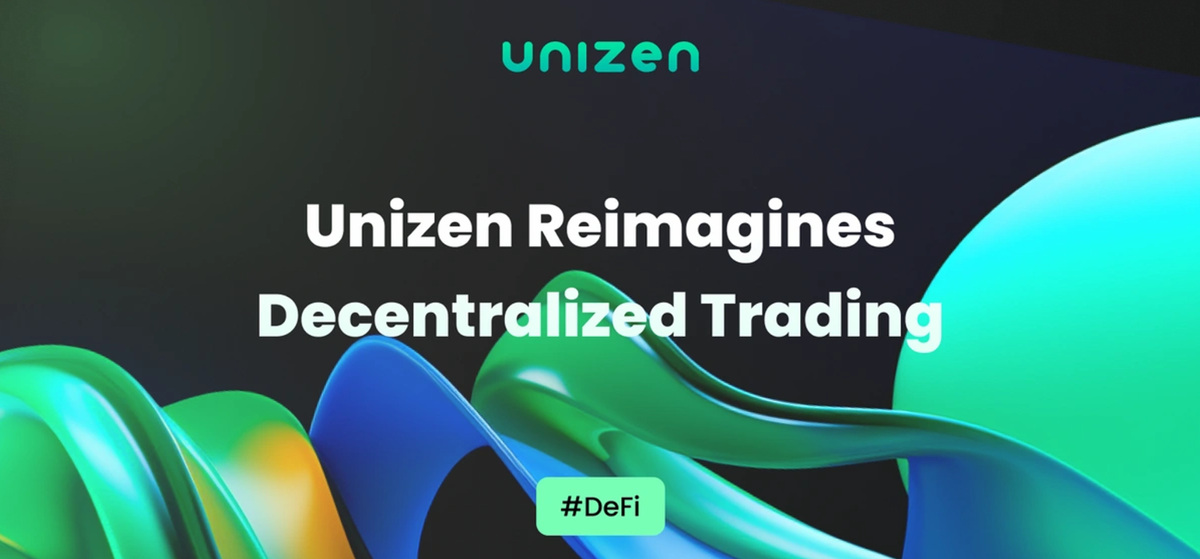
Unizen is excited to announce a revolutionary update in our trading fee structure. Designed with transparency and user-centricity in mind, this new arrangement ensures fairness and flexibility for both traders and integrators.
Understanding the Unizen Fee Structure
Unizen's new fee structure offers two distinct access pathways to the platform—direct access via the zcx.com application and SDK Access for third-party Web3 applications. Both pathways come with unique fee breakdowns.
Positive Slippage: A Unique Approach to Trading Fees
Before diving into the details, it's important to understand the term "positive slippage." In trading, "slippage" refers to the discrepancy between the expected and actual execution price of a trade due to market fluctuations. Positive slippage occurs when a trade executes at a better price than expected. For instance, if you planned to sell a cryptocurrency at $100, but the market price increased to $105 during order processing, you've experienced positive slippage.
Uniquely, Unizen is completely eliminating traditional trading fees. Instead, we will only charge a fee in the event of positive slippage.
Direct Access through zcx.com
Users accessing Unizen Trade directly through the zcx.com application will enjoy a fee-free trading experience. Unizen will instead evaluate the slippage that occurs during each trade. For trades with positive slippage—where the execution price is more favourable than predicted—Unizen will retain 50% of the positive slippage, while the remaining balance is awarded to the trader. If a trade experiences negative or no slippage, Unizen will not retain any portion nor charge any fee.
For example, if a user trades 1 ETH for an expected 1,800 USDT, but the execution results in receiving 1,820 USDT (20 USDT positive slippage), Unizen would claim 50% of the positive slippage (10 USDT). The user would thus receive 1,810 USDT.
SDK Access for Third-Party Web3 Applications
Third-party Web3 applications integrated with Unizen Trade through the Unizen Trade SDK have the option to charge fees to their users. The fee structure here is determined by the agreement between Unizen and the integrated third party.
If the trading fee charged by the third party is greater than 0.5%, Unizen retains 15% of the fee with no additional fees based on slippage. However, if the trading fee charged is 0.5% or less, Unizen retains 50% of any positive slippage, allowing the third party to allocate the remaining 50% as they see fit. Unizen does not charge any fees for negative slippage in this scenario.
For instance, if a transaction involving 10 ETH for 30,000 USDT is conducted through a partner integrated with Unizen via the Unizen Trade SDK, and the partner charges a 1% fee amounting to 300 USDT, the partner receives 85% of the fee (255 USDT), while Unizen collects the remaining 15% (45 USDT).
To learn more about Unizen Trade and its new fee structure, please visit our official website at www.unizen.io.
How will the updated fee structure impact other aspects of Unizen?
VIP Program
Due to the hefty reduction and the complete removal of trading fees in most cases, the VIP Program no longer provides value to users. As such, we’ve instead replaced the VIP program with an Ambassador Program and a novel, highly lucrative Referral Program with a generous revenue sharing model. More information to come.
Buy-Back-Burn
It is worth noting that much of the revenue collected previously for Unizen will be passed on as savings for the users; however, this previous revenue was fueling the buy-back-burn. In order to pass on more savings, the buy-back-burn got impaired to an extent where it would become insignificant for our hyperdeflationary tokenomics.
Due to this impairment in conjunction with user feedback on the complexity of having two burn mechanisms at play, we have decided to de-activate this feature, effective immediately.
To account for the removal of the buy-back-burn, we’ve decided to double the rate at which we burn ZCX in parallel with trades conducted on the platform, but please note that we retain the freedom to calibrate the burn rate to ensure that our optimised deflationary tokenomics remains in full force in a sustainable manner, in tandem with the new dynamic nature of the newly introduced fee structure.
We will give notice well in advance of any further changes to Unizen’s new, Dynamic Burn Model.
